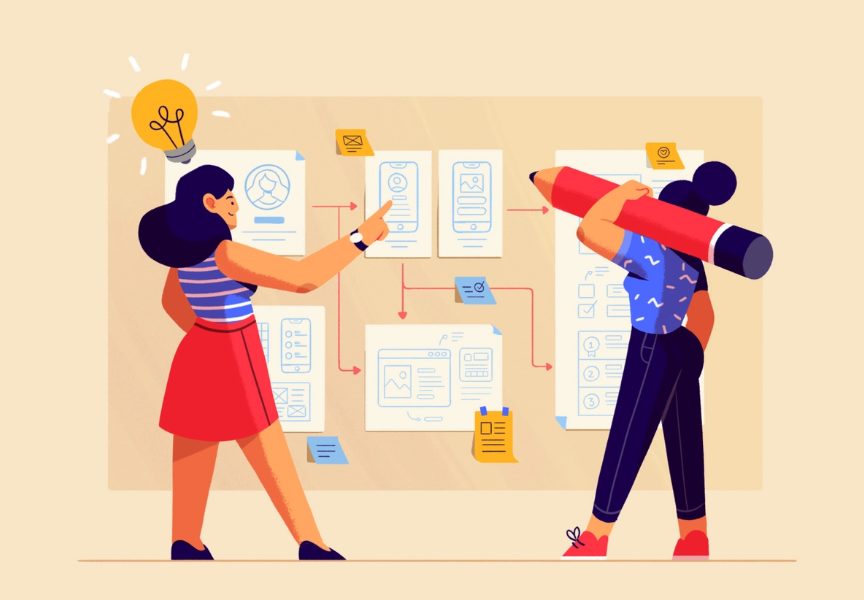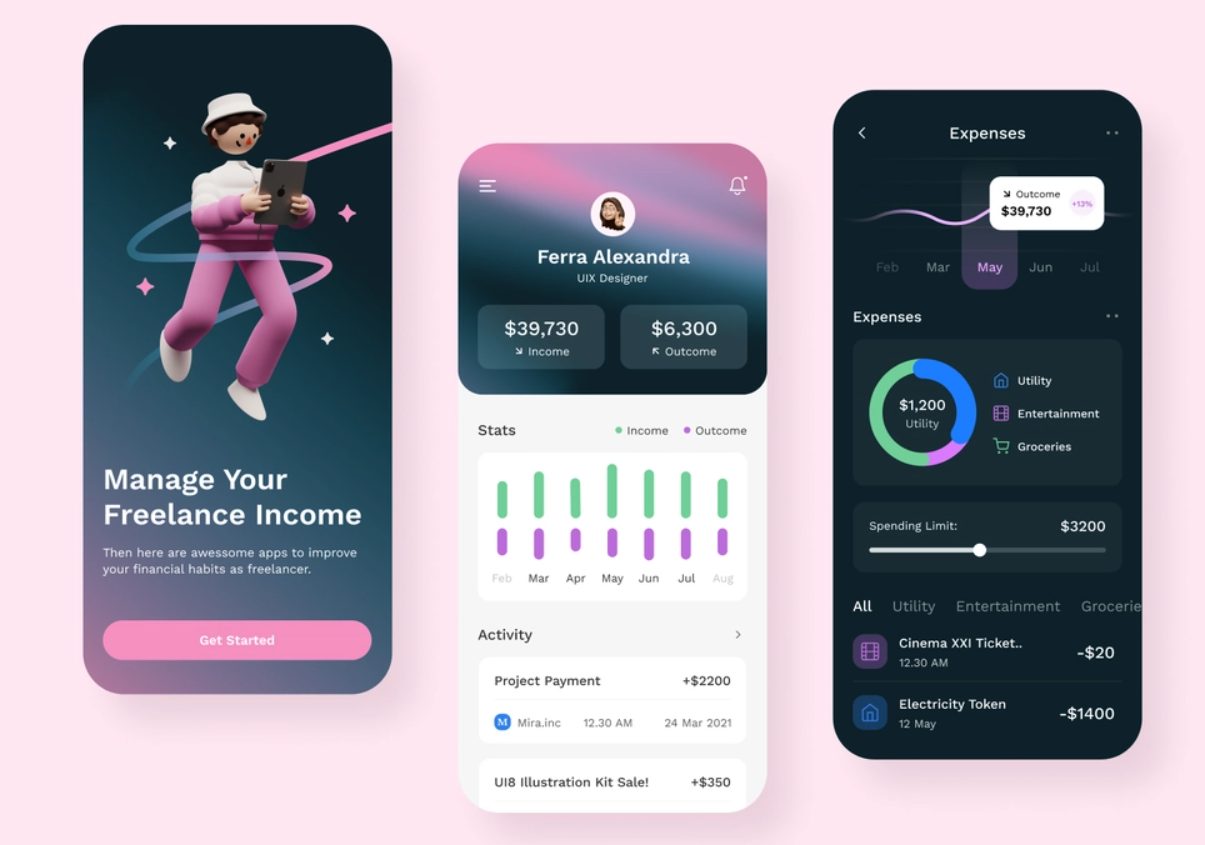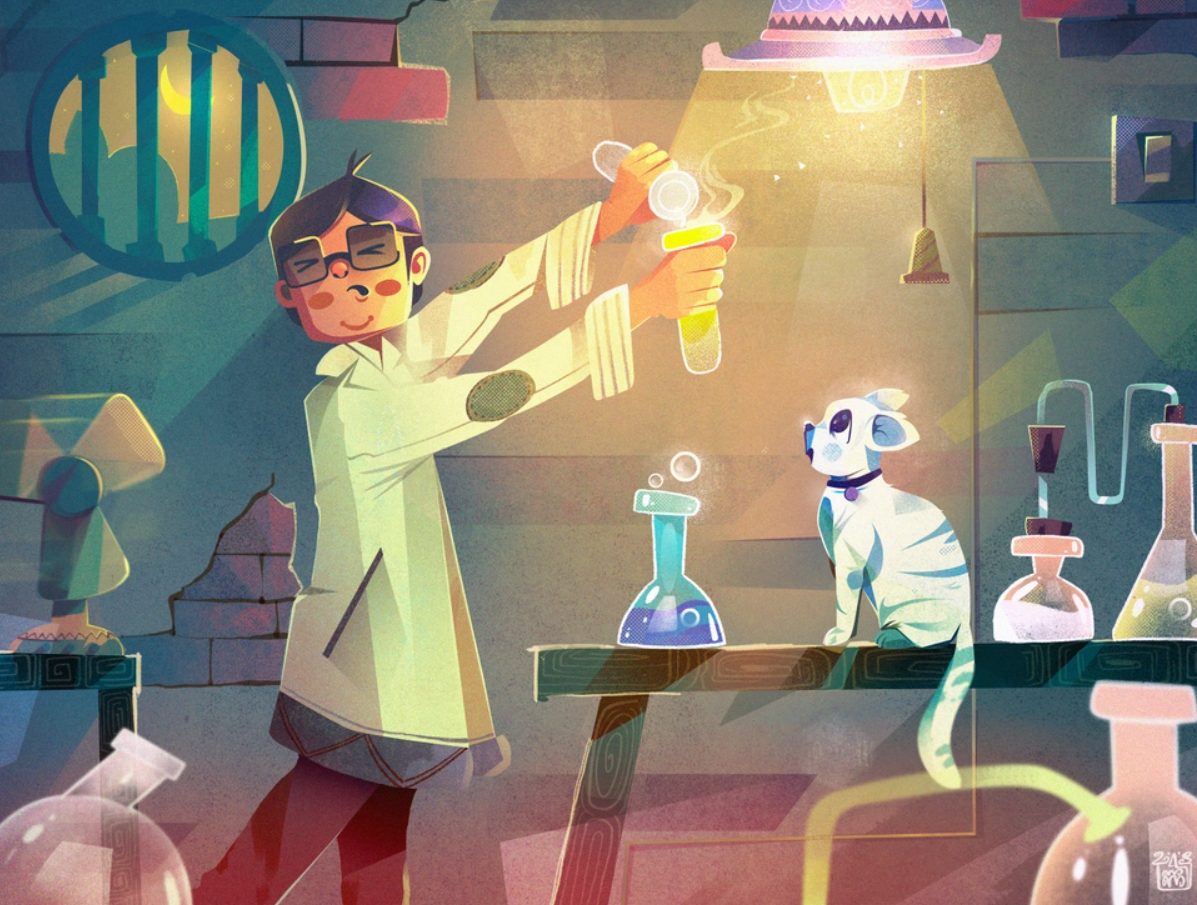How Developers May Approach Choosing the Right Technology Stack for the Project
Сhoosing the right technology stack and mean stack development services is a factor of success for a project. In this article, we’ll look at the key questions to answer before getting started. Or how android app developer for hire need to approach tech stack lists to succeed in software development. Here we go.

What is Technology Stack?
What is tech stack and how to choose your tech stack?
Tech Stack is a set of tools to implement an IT project.
As a rule, the stack consists of programming languages, frameworks, libraries, various development tools and programming approaches. The synthesis of all of the above predetermines the viability & competitiveness of the product, its functionality, scalability and further maintenance.
Let’s revise what technology stack list may be out there.
- The Frontend Tech Stack
- The Backend Tech Stack
- Middleware
Each category may offer a wide choice of technologies to include for great project structure, performance & communication. Besides you may also consider adding some frameworks of readymade solutions to the project if appropriate. But first things first.
Why Selecting of Technology Stack is Important?
Choosing a tech stack effectively, you need good technical and architectural experience and knowledge. For a competent selection of technologies, it is necessary for the team to be aware of all possible peculiarities and differences of each of them.
Accordingly, when forming a stack, you should prefer those technologies that you work with really confidently. You should not choose a new technology for the sake of new technology.

Often new frameworks and programming languages are either too raw, or there are simply no experienced developers working with these technologies. The choice of such technologies may lead to the fact that the project developers will sit and learn the new technology instead of effectively moving forward in the process.
At the same time, you should not prefer something outdated and ineffective because there are knowledgeable people there. In such cases, difficulties may arise with the support and efficiency of the project. When deciding on technologies, it is necessary to find the very middle ground.
Also, it is worth considering the availability of resources for the implementation of the project. For example, if your team does not have a specialist working with a specific technology platform, it simply does not make sense to add it to the project. An impressive cross-platform stack is useless if no developers can successfully and quickly work with the chosen technologies.
Technical stack structure:

The Frontend Tech Stack
The frontend includes everything that users may see on their app screens. Here the most crucial elements to include are:
- HTML markup language, responsible for displaying the content in the browser;
- CSS style sheets styling content;
- JavaScript programming language which makes interactive parts of the web application;
These technologies can be used with useful UI frameworks and libraries like Bootstrap or React.js, Angular, Node.js, jQuery, etc.
The Backend Tech Stack
The one called back end tech stack, is the one that is not visible to the end user, it provides data to the client side. Back-end technologies include:
- Operating system;
- Web server: Nginx, Apache;
- Programming languages C #, Java, PHP, Python, Objective-C, etc.
- Various frameworks built on top of programming languages: Node.js, .NET, Django, etc.
- Databases: Microsoft SQL Server, MySQL, PostgreSQL, Oracle, Neo4j, etc.
- Cloud infrastructures and services: AWS, Microsoft Azure, Google Cloud, Heroku, etc.
When planning the next technology stack for your application, you must consider both the server & the client side.
Middleware
The list of tech stacks is not limited to either back end or front end technologies. You should also come up with the choice of Middleware for the project if it is demanded. So, following the requirement of the project, a developer may pick:
Middleware, which is software that enables one or more kinds of communication or connectivity between two or more applications or application components in a distributed network. (IBM)
Choosing Middleware technology makes connecting the apps that are not designed to be connected and provides the fullest functionality to combine them in intelligent ways. Middleware enables to streamline the application development & speed the time to market.
5 Steps of Choosing Right Technology Stack
If you ask professional developers what they think about choosing the right technology stack before starting their work, they would come up with the plan divided into 3 blocks:
- understanding the project (business perspective),
- stack selection (technical perspective)
- and development perspective.
They also will take up to five steps to come up with the best organization. For example, they will consider:
1. Defining the Platform
Think of the future of your app. If you want it to grow, it must be easy to scale & maintain in future. Accordingly, developers will choose the most appropriate platform to feature it, and guarantee it.
2. Defining the Project Type
Criteria for project types can be complexity, novelty, structural scope or any other. The complexity of the project grows with the size of the project. The larger the project is the larger and more complex the stack will be afterward. You just need to choose a good project structure adding to reliable technologies.
3. Scalability Requirements
Thus, the architecture of your application should be scalable, as scalability is vital for future development. Scalability determines if your application can handle the overloads.
4. Technology and Team Expertise
For many companies, development costs are the critical factor. There are plenty of frameworks and tools that are free and open source. Nevertheless, clients need to hire skilled developers, so calculate how many developers you need to complete an application in a given time using the tech stack of your choice.
5. Maintenance
Maintenance is the next factor to consider when building applications. It should be effortless, even when scaling. You may also consider some ready-made solutions all-in-one to cut time and cost for your project development.

Most Popular Tech Stacks:
In the fast changing world of technology innovations and business, it would be great to apply some ready-made stack solutions that simplify work and save time for the development team. So, often developers come up with the best framework to optimize the project development with the following popular technologies.
1) NET Stack
In short, NET Core goes with hand in hand with Azure cloud. It is the first class & preferred development stack for cloud based applications, especially for Azure. And also other big cloud players, like Google Cloud or AWS.
2) LAMP Stack
LAMP is often chosen to improve performance and reduce development costs. It combines a working Linux framework, Apache web server, MySQL database, PHP / Perl / Python all-in-one.
3) MEAN Stack
This stack is a mixture of JavaScript technologies for developing complex, fast and reliable applications. This includes MongoDB, Express, Angular, and Node.js.
Examples of Tech Stack of Some Companies
Dropbox tech stacks and solutions:
- Nginx
- MySQL
- Python
- Memcached
- Amazon s3
- Rust
- Hadoop
Airbnb tech stacks and solutions:
- Ruby on Rails
- React
- Nginx
- Redis
- Amazon S3
- Amazon EC2
- Amazon RDS
Uber tech stacks and solutions:
- Python
- Js
- Redis
- MySQL
- Mong
- Objective-C
Netflix tech stack and services:
- Amazon S3
- AWS CloudFront
- AWS Elastic Transcoder
- Kafka
- DynamoDB
- Hadoop
- Spinnaker
Source: Theappsolutions
Conclusion
It’s clear how to choose a technology stack for startup app development when developers approach the process. It’s always harder for the client to define the technologies to include in the project. Both realize the importance of the stack for the future app or any other project success. If you need a deeper insight into choosing a tech stack for the project and creating an excellent solution, feel free to contact our development team from a bespoke software development company and make it clear.





















